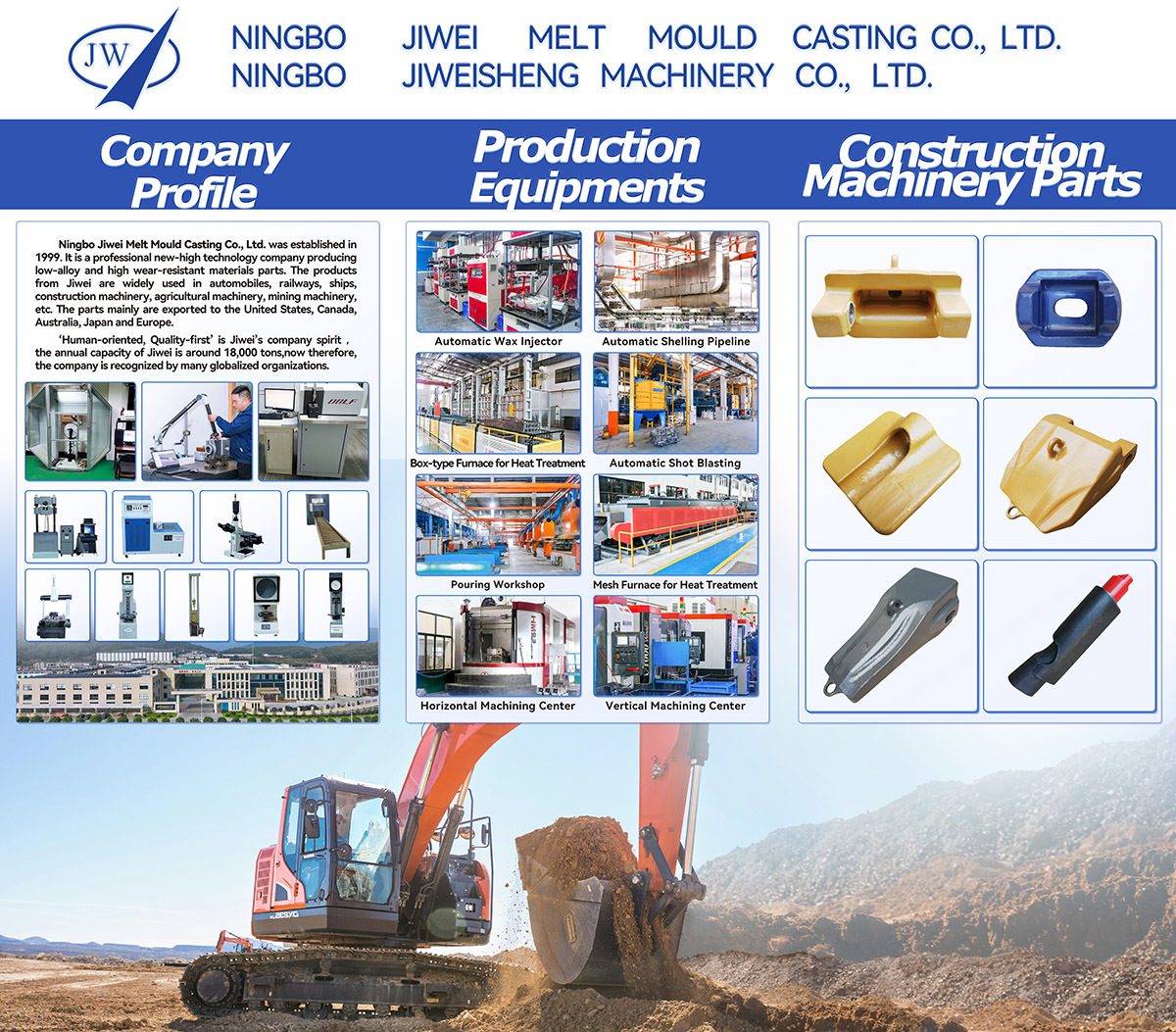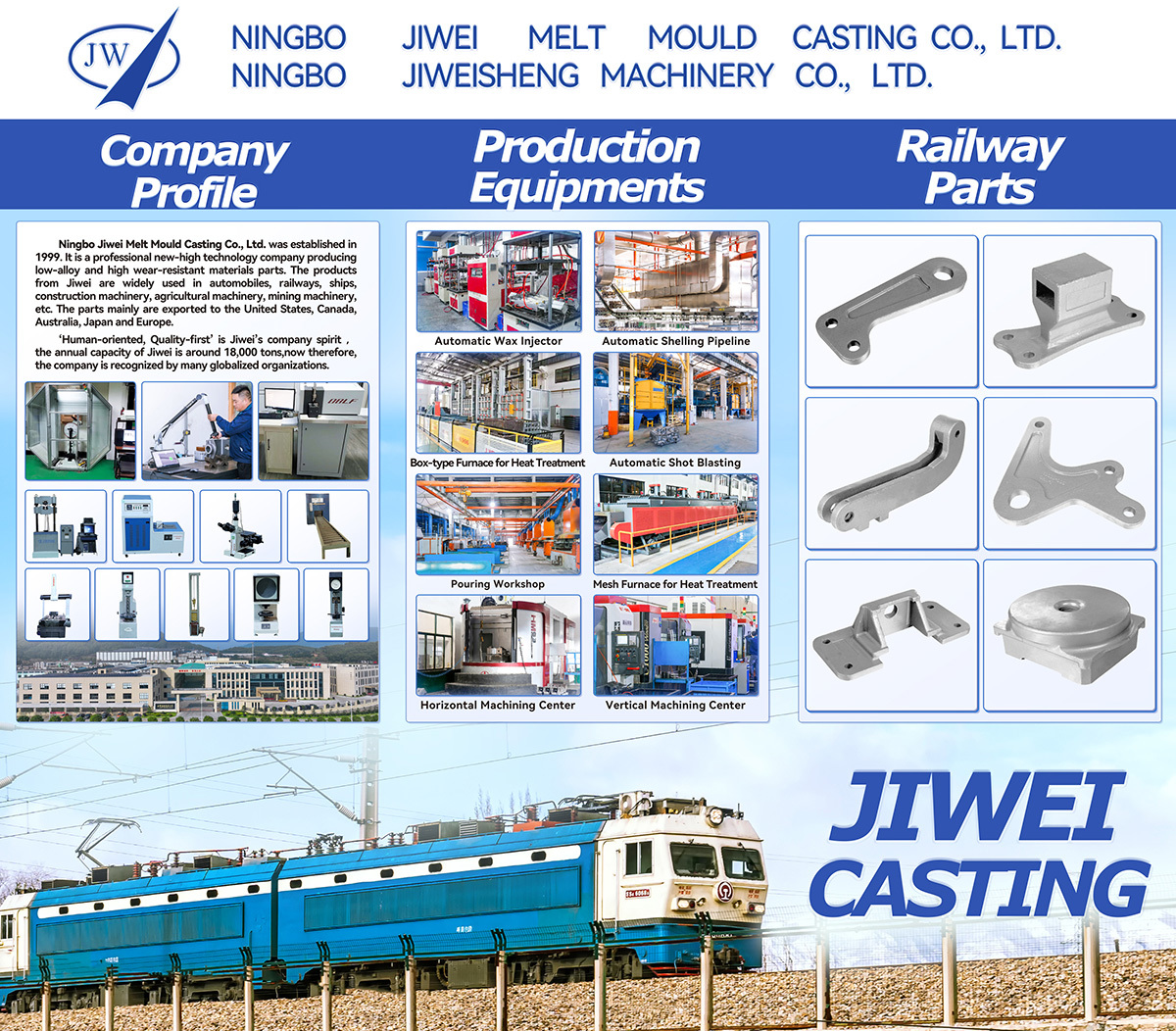15 Oct,2025
Understanding Heat Resistant Steel Casting for Engineering Machinery Components
Heat resistant steel casting is a vital process in the manufacturing of components for engineering and construction machinery. This specialized casting technique involves the use of steel alloys that can withstand high temperatures without losing their mechanical properties. Understanding this material can significantly impact the durability and performance of machinery components, making it essen
Heat resistant steel casting is a vital process in the manufacturing of components for engineering and construction machinery. This specialized casting technique involves the use of steel alloys that can withstand high temperatures without losing their mechanical properties. Understanding this material can significantly impact the durability and performance of machinery components, making it essential for professionals in the engineering field.
The primary advantage of heat resistant steel casting lies in its ability to maintain structural integrity at elevated temperatures. This property is particularly important for parts that operate in high-heat environments, such as exhaust systems, turbines, and various industrial applications. By employing heat resistant steel, manufacturers can ensure that the components do not deform or fail when subjected to thermal stress, thereby extending the lifespan of machinery.
In addition to temperature resistance, heat resistant steel casting often exhibits excellent wear resistance. This characteristic is crucial for components that experience high friction and mechanical stress during operation. By utilizing this type of steel, manufacturers can produce parts that not only endure extreme conditions but also reduce the frequency of replacements, leading to cost savings in the long run.
The casting process itself involves pouring molten steel into a mold, which allows for intricate designs and complex shapes that may be challenging to achieve with other manufacturing methods. This flexibility makes heat resistant steel casting an ideal choice for producing customized components tailored to specific machinery requirements. Additionally, it enables better control over the microstructure of the steel, optimizing its thermal and mechanical properties.
When selecting heat resistant steel for casting, it is essential to consider the specific application and operating conditions. Different grades of heat resistant steel offer varying levels of performance, and factors such as temperature range, exposure to corrosive environments, and mechanical load should influence the choice of material.
Moreover, proper heat treatment processes post-casting can further enhance the properties of heat resistant steel, ensuring that the final product meets the required specifications for performance and reliability. Techniques such as quenching and tempering are often employed to improve toughness and ductility, making the components even more resilient under demanding conditions.
In conclusion, heat resistant steel casting is a critical technology in the manufacturing of engineering and construction machinery parts. By understanding its properties, applications, and advantages, professionals can make informed decisions that lead to the production of high-quality, durable components. Utilizing heat resistant steel effectively not only enhances the performance of machinery but also contributes to the overall success of engineering projects.
The primary advantage of heat resistant steel casting lies in its ability to maintain structural integrity at elevated temperatures. This property is particularly important for parts that operate in high-heat environments, such as exhaust systems, turbines, and various industrial applications. By employing heat resistant steel, manufacturers can ensure that the components do not deform or fail when subjected to thermal stress, thereby extending the lifespan of machinery.
In addition to temperature resistance, heat resistant steel casting often exhibits excellent wear resistance. This characteristic is crucial for components that experience high friction and mechanical stress during operation. By utilizing this type of steel, manufacturers can produce parts that not only endure extreme conditions but also reduce the frequency of replacements, leading to cost savings in the long run.
The casting process itself involves pouring molten steel into a mold, which allows for intricate designs and complex shapes that may be challenging to achieve with other manufacturing methods. This flexibility makes heat resistant steel casting an ideal choice for producing customized components tailored to specific machinery requirements. Additionally, it enables better control over the microstructure of the steel, optimizing its thermal and mechanical properties.
When selecting heat resistant steel for casting, it is essential to consider the specific application and operating conditions. Different grades of heat resistant steel offer varying levels of performance, and factors such as temperature range, exposure to corrosive environments, and mechanical load should influence the choice of material.
Moreover, proper heat treatment processes post-casting can further enhance the properties of heat resistant steel, ensuring that the final product meets the required specifications for performance and reliability. Techniques such as quenching and tempering are often employed to improve toughness and ductility, making the components even more resilient under demanding conditions.
In conclusion, heat resistant steel casting is a critical technology in the manufacturing of engineering and construction machinery parts. By understanding its properties, applications, and advantages, professionals can make informed decisions that lead to the production of high-quality, durable components. Utilizing heat resistant steel effectively not only enhances the performance of machinery but also contributes to the overall success of engineering projects.







